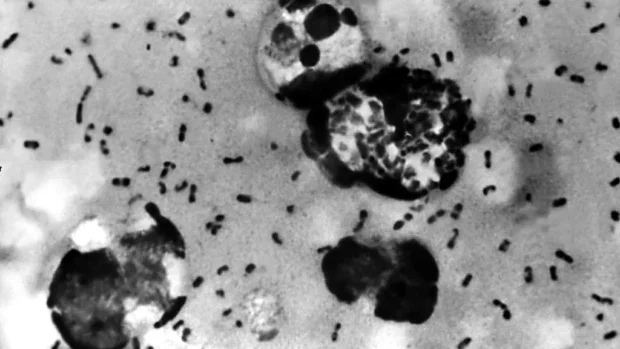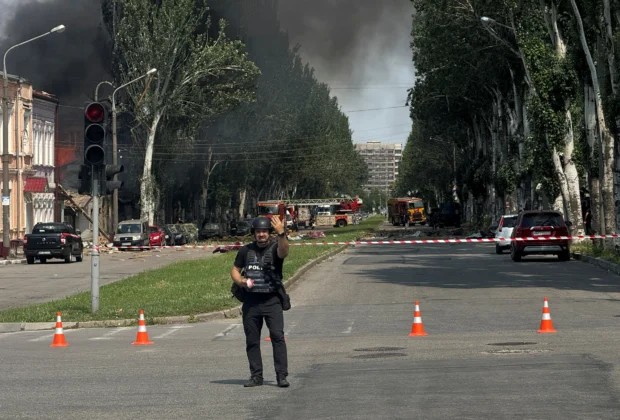
Health officials confirmed Friday that an Arizona resident has died from pneumonic plague, marking the first recorded death from the disease in Coconino County since 2007.
The previous case in 2007 involved a person who had contact with a dead animal infected with the disease, according to Coconino County Health and Human Services.
Plague, historically known as the “Black Death” during the 14th century, devastated Europe by killing up to half its population. While the disease is now rare in humans, it remains treatable with antibiotics when caught early.
The Centers for Disease Control and Prevention reports an average of seven human plague cases annually in the United States, indicating the disease’s rarity in modern times.
Coconino County officials emphasized that public exposure risk remains low despite this recent death.
“Our hearts go out to the family and friends of the deceased,” said Coconino County Board of Supervisors Chair Patrice Horstman. “We are keeping them in our thoughts during this difficult time. Out of respect for the family, no additional information about the death will be released.”
Pneumonic plague represents a severe lung infection caused by the Yersinia pestis bacterium. The disease manifests in different forms, with bubonic plague being the most common type, typically transmitted through infected flea bites. Pneumonic plague, which spreads to the lungs from other untreated plague forms, is considered the most serious variant and is usually rare.
Bubonic plague symptoms in humans typically emerge within two to eight days following exposure. These may include fever, chills, headache, weakness, and swollen lymph nodes.
The UK government states that plague no longer exists within the country, and the likelihood of the disease occurring in someone returning to the UK is “very low.”
Health officials recommend several prevention measures to avoid plague exposure. These include using DEET-based insect repellent for protection against flea bites, avoiding contact with dead animals, infected tissues, or contaminated materials, and maintaining distance from symptomatic patients and crowded areas where recent cases have been reported.
The rarity of plague deaths in modern times, combined with available antibiotic treatments, means that while this Arizona case is significant for the local community, it does not represent a broader public health threat.












Be the first to leave a comment